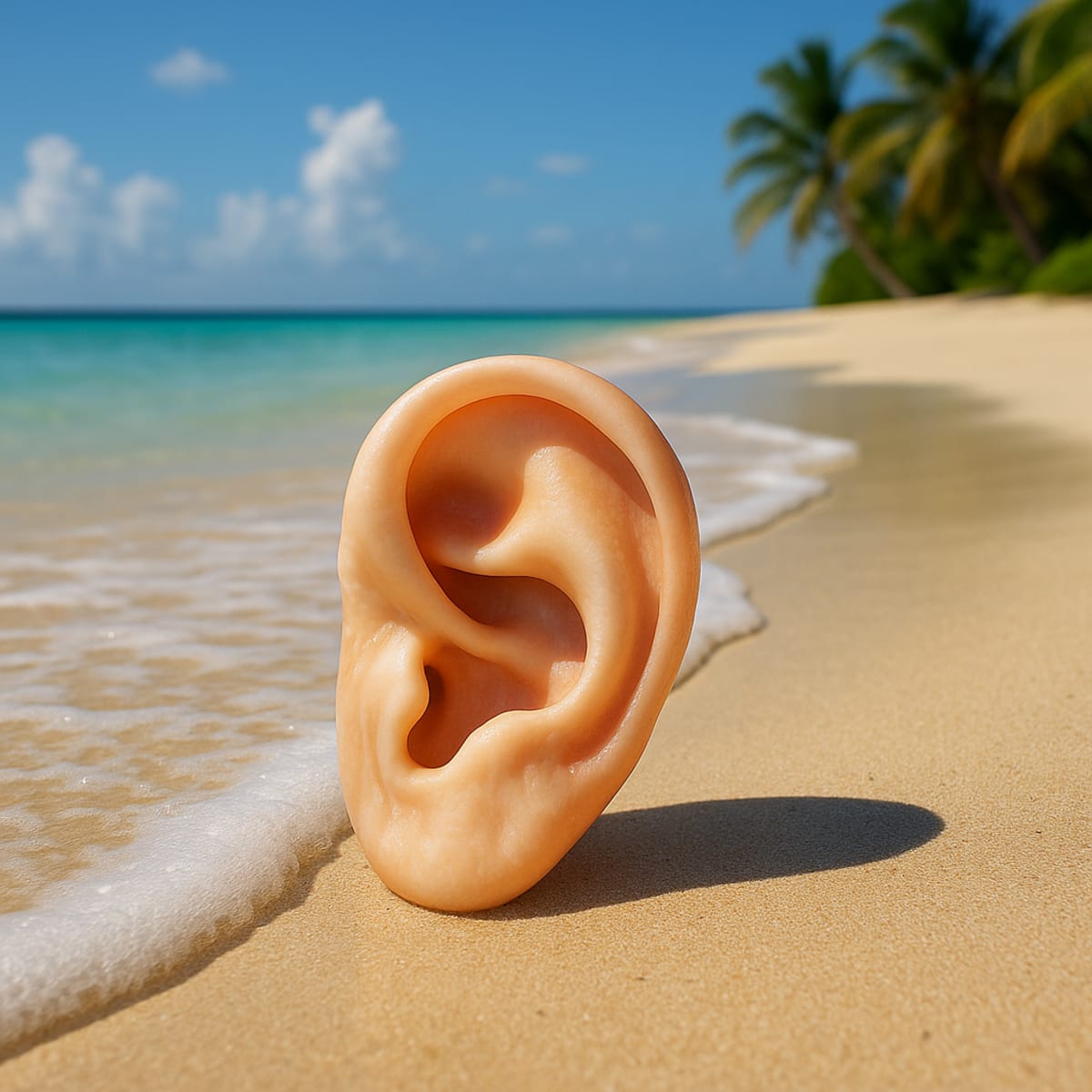“Speak into My Shell-Like Ear”
Language is full of curious expressions that charm us with their imagery, and one such phrase is “shell-like ear.” It’s a term often used with a touch of humor or endearment, typically when someone invites another to share a secret or say something softly. “Whisper that into my shell-like ear.” But where does this odd-sounding phrase come from? And why a shell?
What Does “Shell-Like Ear” Mean?
At its core, the phrase “shell-like ear” is a poetic or whimsical way to refer to one’s ear, usually implying that it is small, delicate, or attractive, like a seashell. It’s most often used self-referentially, sometimes ironically, to suggest a gentle or sensitive listener.
“Come closer and speak into my shell-like ear. I wouldn’t want to miss a word.”
In tone, it can range from sincere to cheekily self-deprecating.
The Origins: A Victorian Flourish
The expression likely took root in Victorian England, an era fond of florid language and romantic metaphors. Seashells, especially the spiral ones with a smooth, curled structure, were often compared to human ears, both in shape and sensitivity. Seashells were also a common motif in Victorian art and jewelry, symbolizing mystery, nature, and femininity.
Writers and poets of the time, always eager to turn anatomy into art, began describing ears as shell-like to evoke beauty and delicacy. It eventually filtered into common parlance, especially in theatrical or literary circles.
Use in Modern English
Today, the phrase survives mostly in English, though less common than it once was. It tends to be used playfully, especially when inviting someone to share juicy gossip or secrets, sometimes with a wink toward its slightly antiquated flair.
You might hear:
- “I bent my shell-like ear to the wall…”
- “She whispered the scandal right into my shell-like ear.”
It’s often accompanied by a wry smile or a dose of irony, hardly anyone literally thinks their ear resembles a seashell, but that’s half the charm.
Why a Shell?
There’s something fitting about the comparison:
- The spiral curves of many shells resemble the natural curves of the ear.
- Shells, like ears, can hold sound, many people recall the myth that if you hold a shell up to your ear, you can hear the ocean.
- And perhaps most poetically, both shells and ears are receptive objects, designed to receive and amplify quiet voices.
And Finally
In a world increasingly dominated by blunt communication, phrases like “my shell-like ear” remind us of the richness of language and the joy of metaphor. Whether used in jest or earnest, it’s a delightful way to frame our role as listeners, not just hearers of sound, but receivers of secrets, stories, and sentiment.
So next time someone leans in close, you might just offer them your shell-like ear, and maybe, a little smile too.
Copyright © Tom Kane July 2025
